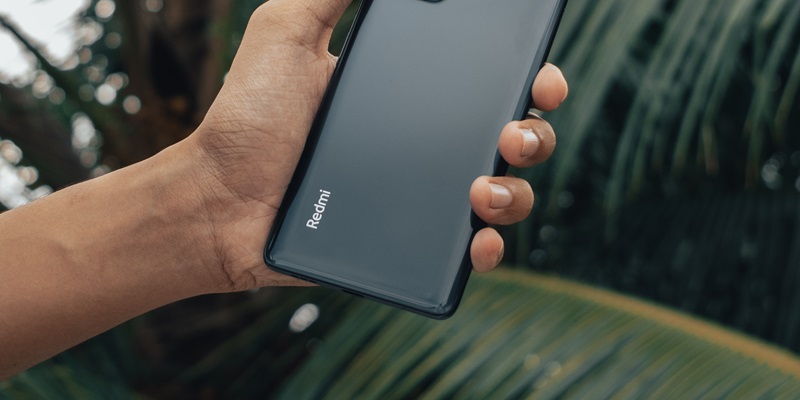The highly anticipated successor to Redmi’s budget-friendly A2 model, the Redmi A3, might soon hit the Indian market. Recent reports suggest that the handset has been spotted on the Bureau of Indian Standards (BIS) website, indicating an impending launch. While Redmi is yet to confirm the development of the Redmi A2 successor, leaks and rumors have been fueling excitement among smartphone enthusiasts.
Redmi A3 Spotted on Bureau of Indian Standards Website
The alleged Redmi A3 smartphone has reportedly been spotted on the BIS website with the model number 23129RN51H. This discovery suggests that the device has received the necessary certifications, hinting at an imminent release in the Indian market. Additionally, previous leaks have surfaced on various websites, including the National Broadcasting and Telecommunications Commission (NBTC).
Possibility of a Rebranded Poco Smartphone
Interestingly, the leak also indicates that Poco, Redmi’s sub-brand, might release a smartphone in different regions under its own name, which could essentially be a rebranded version of the Redmi A3. This speculation has further piqued the curiosity of tech enthusiasts who eagerly await official announcements from Redmi or Poco.
Redmi’s Silence and Confirmation
Despite the growing buzz around the Redmi A2 successor, Redmi has refrained from making any official statements regarding the device. The company’s silence has only intensified the anticipation surrounding the potential release of the Redmi A3.
Redmi A2 Overview
To understand the expectations for the Redmi A3, it is worthwhile to take a quick look at its predecessor. The Redmi A2 was launched in May and quickly gained popularity in the budget smartphone segment. With a starting price tag of Rs. 5,999, it offered impressive features and specifications.
Specifications of Redmi A2
The Redmi A2 runs on Android 13 and boasts a 6.52-inch HD+ LCD screen, providing a vivid and immersive viewing experience. Powering the device is a MediaTek Helio G36 SoC, which ensures smooth performance. It offers up to 4GB of RAM for multitasking and has expandable memory options for storing ample data.
Camera and Battery
In terms of photography, the Redmi A2 featured a dual rear camera setup, allowing users to capture stunning images with depth and clarity. Meanwhile, the 5-megapixel front camera was perfect for capturing selfies and engaging in video calls. The device housed a massive 5,000mAh battery and supported 10W fast charging, ensuring long-lasting usage.
As anticipation for the Redmi A3 grows, smartphone enthusiasts eagerly await official confirmation from Redmi regarding the successor to the popular Redmi A2 model. With leaked information appearing on various certification and regulatory websites, excitement surrounding the potential launch of the Redmi A3 in the Indian market continues to build. Users are hopeful that the rumored handset will refine and surpass the impressive features of its predecessor, offering an excellent balance of affordability and functionality.

